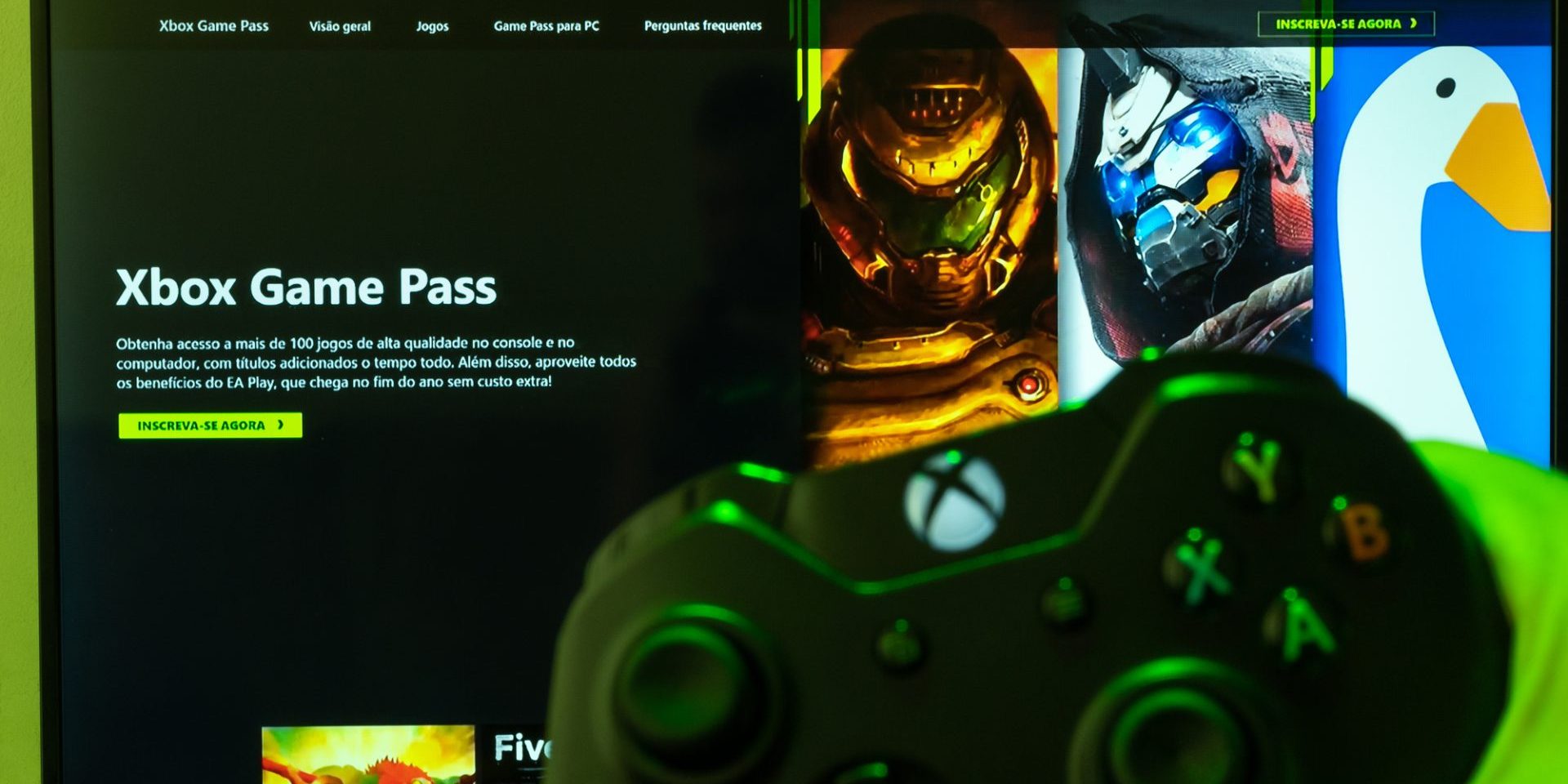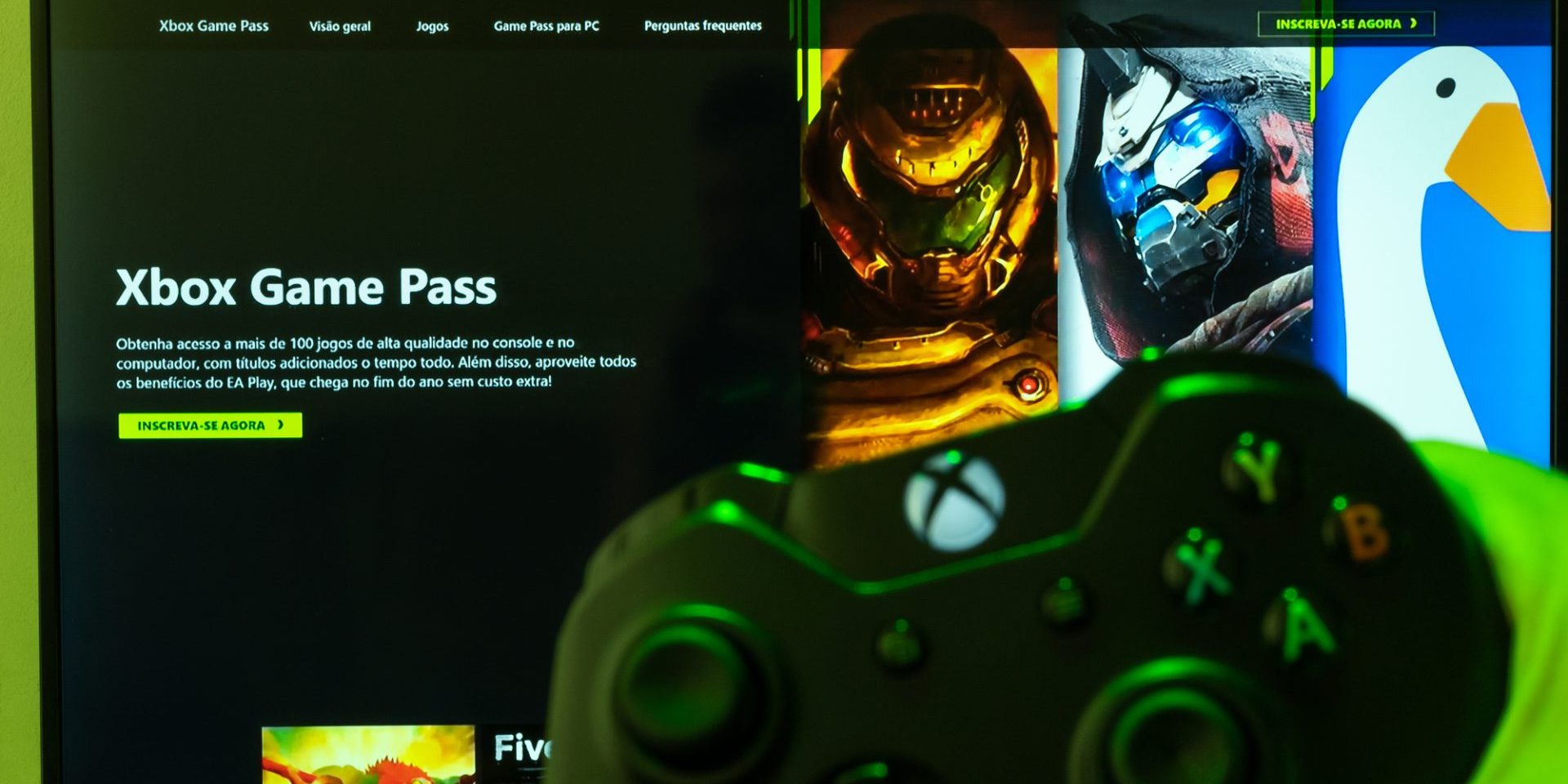

Microtransactions have become a contentious issue in the video game industry. These small in-game purchases allow players to buy virtual items, cosmetic upgrades, or gameplay advantages.
Game companies have embraced microtransactions as a lucrative revenue stream, with Electronic Arts reporting $5.6 billion from live-services operations in a recent quarter.
While microtransactions can provide additional content and options for players, they often face criticism for potentially disrupting game balance and creating unfair advantages.
Some gamers argue that microtransactions can lead to “pay-to-win” scenarios, where those willing to spend more money gain significant advantages over other players. This has sparked debates about fairness and accessibility in gaming.
The impact of microtransactions extends beyond individual players. Game developers must balance the desire for increased revenue with maintaining player satisfaction and game integrity.
As the video game industry continues to evolve, the role of microtransactions remains a topic of ongoing discussion and scrutiny.
Understanding Microtransactions
Microtransactions have become a key part of modern gaming economics. They allow players to buy virtual items or currency within games, often in small increments.
The Evolution of In-Game Purchases
Early video games relied on one-time purchases. Players bought a complete game and received all content upfront.
This model shifted as online connectivity grew. Developers began offering additional content after release through downloadable content (DLC) packs.
Microtransactions emerged as smartphones gained popularity. Mobile games adopted “freemium” models where the base game was free, but extra features cost money. This approach spread to console and PC games.
Today, many games incorporate microtransactions from launch. Players can buy cosmetic items, power-ups, or in-game currency. Some games lock significant content behind paywalls, while others keep purchases optional.
Different Models of Monetization
Games use various microtransaction models. Loot boxes contain random items, encouraging repeat purchases.
Battle passes give access to exclusive content for a set time period. Subscription services provide ongoing benefits for regular payments.
Pay-to-win models sell items that give gameplay advantages. This can upset competitive balance. Cosmetic-only purchases avoid this issue by focusing on visual customization.
Some games combine multiple models. A title might offer both cosmetic items and gameplay boosts. Free-to-play games often rely heavily on microtransactions as their primary income source.
Virtual Items and Currency
Many games feature two types of in-game currency: one earned through gameplay and another bought with real money. Players can often convert purchased currency into virtual items or resources.
Common virtual items include character skins, weapon designs, and emotes. Some games sell boosts that speed up progress or grant temporary power increases. Others offer exclusive characters or gameplay modes.
The perceived value of virtual items varies widely. Rare cosmetics in popular games can sell for high prices. Some players spend large sums chasing desirable items, while others avoid microtransactions entirely.
The Impact on the Gaming Industry
Microtransactions have significantly altered the gaming landscape. They’ve changed how games are developed, marketed, and monetized.
Financial Implications for Developers and Publishers
Microtransactions have become a major revenue source for many game companies. They allow developers to generate ongoing income from a single title long after its initial release.
This model has proven highly lucrative for some publishers.
Electronic Arts reported $5.6 billion in revenue from live services in a recent quarter. This demonstrates the massive financial potential of in-game purchases.
For smaller developers, microtransactions can provide a steady income stream to support ongoing development and updates.
However, reliance on this model carries risks. Players may become frustrated with aggressive monetization tactics. This can damage a game’s reputation and long-term financial prospects.
Game Design Choices Shaped by Revenue
The rise of microtransactions has influenced how games are designed and structured. Developers now create games with ongoing monetization in mind from the start.
This can lead to positive outcomes, such as regular content updates that keep games fresh for longer periods. However, it can also result in game mechanics deliberately designed to encourage spending.
Some games have been criticized for implementing “pay-to-win” systems. These give paying players significant advantages over non-paying ones. Other titles use psychological tactics to drive purchases, such as limited-time offers or exclusive items.
These practices have sparked debates about ethics in game design. Critics argue they can exploit players, especially younger ones. Supporters contend they allow for free-to-play models that make games more accessible.
Controversies and Ethical Concerns
Microtransactions in video games have sparked intense debates over their impact on players and the gaming industry. These discussions center on gambling-like mechanics, consumer rights, and marketing practices.
Loot Boxes and Gambling
Loot boxes have become a focal point of controversy due to their similarities to gambling. These virtual items contain randomized rewards, often purchased with real money.
Critics argue that loot boxes exploit psychological vulnerabilities, especially in young players. Some countries have taken action, with Belgium and the Netherlands classifying certain loot box systems as illegal gambling. The UK Gambling Commission has investigated loot boxes but has not yet classified them as gambling under current laws.
Game companies defend loot boxes as optional features that enhance gameplay and fund ongoing game development. However, concerns persist about their addictive nature and potential to normalize gambling behaviors in children and teens.
Consumer Protection and Regulation
Regulators worldwide are grappling with how to address microtransactions in games. The Consumer Protection from Unfair Trading Regulations 2008 in the UK provides some oversight, but many argue it’s insufficient for the rapidly evolving gaming landscape.
Some key regulatory concerns include:
- Lack of transparency in odds for randomized rewards
- Inadequate age verification for in-game purchases
- Difficulty in obtaining refunds for digital goods
Calls for stricter regulation aim to protect vulnerable players, particularly children, from potentially exploitative practices. Proposed measures range from clearer labeling of games with microtransactions to outright bans on certain types of in-game purchases for minors.
Predatory Practices and Advertising
Critics accuse some game developers of using predatory tactics to drive microtransaction sales. These practices may include:
- Manipulative design elements that pressure players to spend
- Aggressive in-game advertising of purchasable items
- “Pay-to-win” structures that give paying players unfair advantages
Many games use sophisticated data analytics to target high-spending players, sometimes referred to as “whales.” This targeted marketing raises ethical questions about exploiting player psychology for profit.
Some developers have responded to criticism by adjusting their monetization strategies. These changes often involve focusing on cosmetic items that don’t affect gameplay or providing more free content to balance paid options.
Notable Case Studies and Discussions
Microtransactions have sparked intense debates within the gaming industry, with several high-profile cases shaping public perception and industry practices. These discussions have led to significant changes in how companies approach in-game purchases.
Battlefront II: A Turning Point
EA’s Star Wars Battlefront II became a focal point of controversy in 2017. The game’s progression system relied heavily on loot boxes, which players could purchase with real money.
This system sparked outrage among gamers who felt it created an unfair “pay-to-win” environment.
The backlash reached its peak on Reddit, where an EA comment defending the system became the most downvoted post in the platform’s history. In response, EA temporarily removed all microtransactions from the game just before its launch.
This incident prompted widespread discussions about the ethics of microtransactions in full-priced games. It also attracted attention from regulators and lawmakers, leading to increased scrutiny of loot box mechanics in various countries.
Industry Responses to Criticism
Following the Battlefront II controversy, many game companies reevaluated their microtransaction strategies.
Some publishers, like Ubisoft, adjusted their practices by focusing on cosmetic items rather than gameplay-affecting purchases.
Epic Games’ Fortnite exemplified a successful free-to-play model with microtransactions limited to cosmetic items. This approach gained popularity among players and developers alike.
Other companies implemented transparency measures, such as disclosing loot box odds. Some removed loot boxes entirely, opting for direct purchase options instead.
These changes reflected an industry-wide effort to address player concerns while maintaining profitable business models.
Community Opinions and Backlash
Gamer opinions on microtransactions remain divided. Some players appreciate the option to support ongoing game development through optional purchases.
Others argue that microtransactions often exploit psychological triggers to encourage spending.
Controversies continue to arise when players perceive microtransactions as predatory or detrimental to gameplay.
Common arguments against microtransactions include:
- They can create pay-to-win scenarios in competitive games
- They sometimes lock significant content behind paywalls
- They may target vulnerable players, including children
Community backlash has led to the modification or removal of microtransaction systems in several games. This demonstrates the power of player feedback in shaping industry practices.









